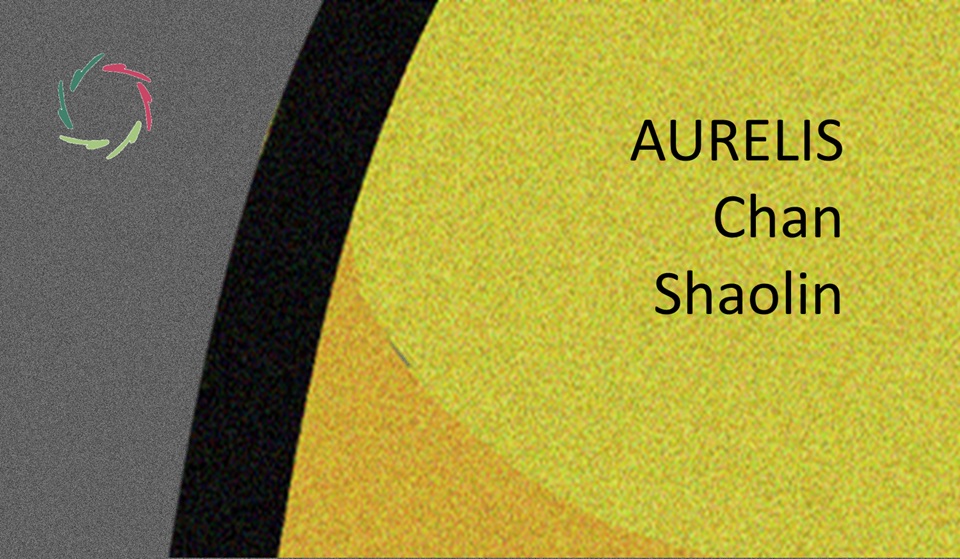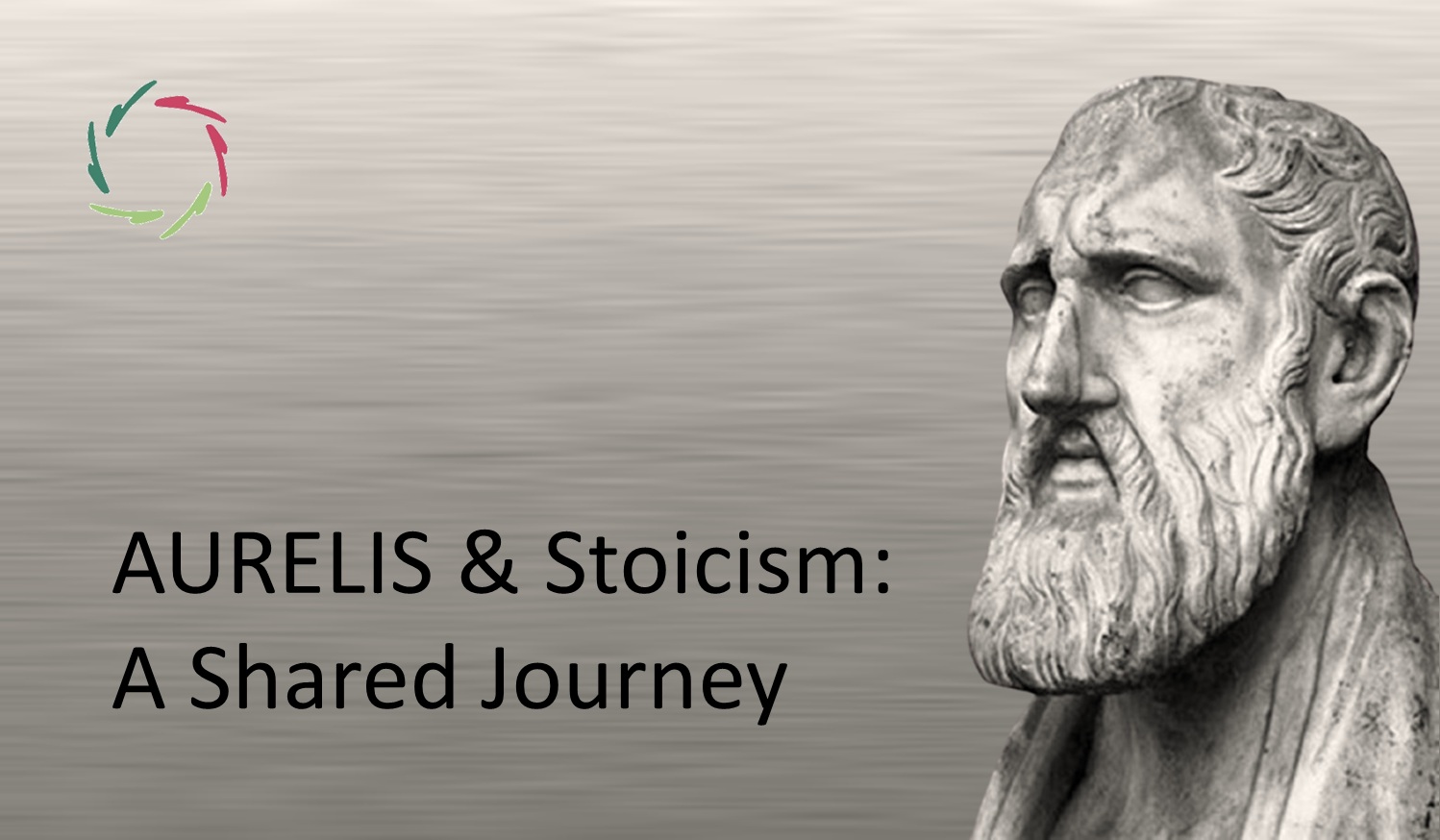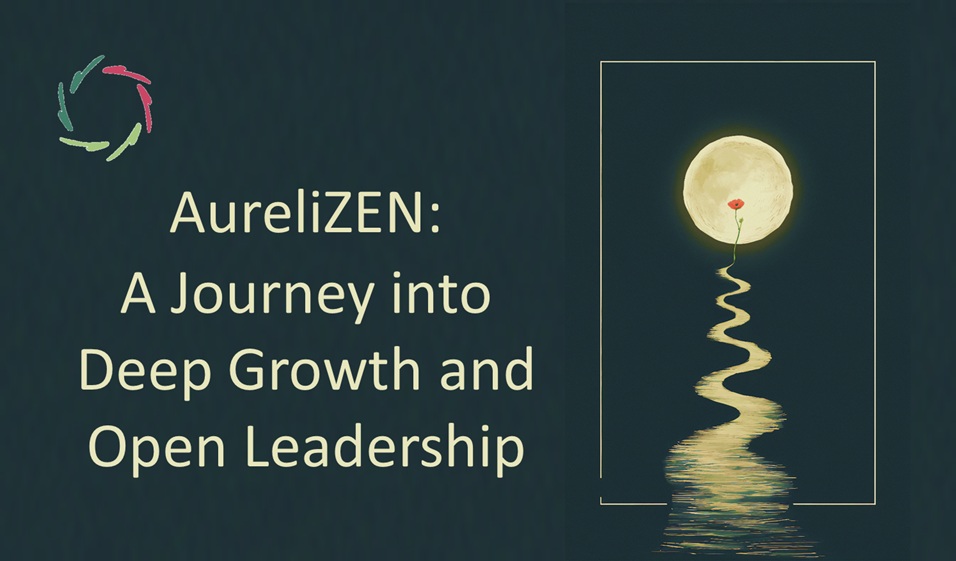AURELIS ― Chan ― Shaolin

AURELIS, Chan, and Shaolin may seem like distant worlds. Yet they share a deep structure: readiness as the natural overflow of inner abundance.
From the empty hand to the silent hall to the coach’s listening ear, each prepares the whole person so that action springs from wholeness, not fear. In a fast-moving age, this shared ground may be more essential than ever.
Common ground
AURELIS, Chan, and Shaolin may look very different at first — one is modern and language-based, another steeped in meditative tradition, the third renowned for martial precision.
Yet, when seen in depth, they share inner abundance as readiness. Each trains the whole person so that action arises from a place of inner completeness, not from fear or competition. That shared ground has much to say for our personal lives, for leadership, and even for how nations can prepare in a rapidly changing world.
A meeting of three paths
The Shaolin monastery in China has long been famous for its martial skills, but it was also a place of meditation. Chan Buddhism, rooted in both Indian Mahāyāna and Chinese Taoism, grew in that same cultural soil. Whether or not the Bodhidharma story is historically exact, the symbolic overlap is striking: the meditation hall and training yard share the same courtyard. The legend is symbolically apt, even if historically debated, and it points to the natural meeting of these paths.
It’s no coincidence. Both Chan and Shaolin valued inner stillness as much as outer skill. The physical discipline of the martial path supported long meditation; the mental discipline of meditation made martial training more precise.
AURELIS enters this family from another angle, offering a rational, modern form of deep inner work. Like Chan and Shaolin, it sees no split between mind and body, insight and action. Moreover, historically, Chan has been a deep inspiration for AURELIS from the start.
Readiness as emptiness that is full
One of the most profound parallels between the three traditions is a double paradox: readiness is not built by adding more, but by removing what clogs the natural flow. Yet that emptiness overflows with abundance.
In Chan, emptiness is not a dead void but an open field where anything can arise without distortion. In Shaolin, the ‘empty hand’ (kong shou) is ready for anything because it clings to nothing. In AURELIS, letting go of fixed methods opens the way for the deeper self to respond to the moment. As explored in Wu Wei in Leadership, the most prepared leaders are often the most relaxed — their readiness is light, not a burden.
The practice as self-forgetting
In each path, practice is not just skill-building — it is mere-ego-forgetting. What fades is the internal commentator that gets in the way of the deeper self.
Shaolin repetition smooths away self-consciousness until movement flows without hesitation. Chan meditation loosens the grip of thought until awareness rests in pure presence. AURELIS autosuggestion, as described in Autosuggestion: So Little, So Much?, repeats the meeting with the deeper self until there is no ‘performer,’ only presence. The energy once spent on self-monitoring is freed for pure, alive action.
Kindness as the highest skill
In AURELIS, deep respect and non-violence are central — Aurelian friendliness. This is kindness to the whole person, not just surface comfort.
Chan masters may act with sharpness – even a sudden shout or slap – but without malice, aiming only to awaken. Shaolin training is for the protection and preservation of life, not domination. The thread is clear: the higher the mastery, the more it serves kindness.
The teacher–student relationship as a mirror
In all three traditions, the teacher is a mirror, not a machine for transferring knowledge. In AURELIS coaching, the coach reflects the client’s deeper self until it becomes visible to them. In Chan, a master uses riddles, paradox, or silence to bring the student face-to-face with their Buddha-nature. In Shaolin, the sifu’s discipline and presence show the way as much as any spoken instruction.
This mutual evolution requires humility. The beginner’s mind is not just for the student — the true master keeps it too. Often, those with the most to teach have the least to say, and the most to show.
The circle of stillness and movement
Stillness has motion inside, and motion has stillness inside. Chan sits in stillness to prepare for life’s movements. Shaolin moves with a still mind at its center. AURELIS holds both at once: the inner dialogue with the deeper self is stillness; engaging with the world is movement.
Because each contains the other, readiness in these traditions is flexible and fast without being tense. The stillness steadies the movement; the movement keeps the stillness alive.
Abundance-as-readiness
The readiness in AURELIS, Chan, and Shaolin comes from an overflow of inner resources. There is no sense of shortage, no need to compete. The Chan master’s effortless response, the Shaolin monk’s precise strike, and the AURELIS coach’s attuned answer all come from a deep well that never feels under threat.
When the practitioner is the instrument, there is no scramble for tools. The action arises because nothing blocks it. This is readiness not as defense, but as surplus.
Readiness in the scale of society
The same principles scale up to nations. As described in the Deep Defense Doctrine, a society can cultivate stability, resilience, and values so deeply that aggression rarely finds fertile ground. If action is needed, it is precise, minimal, and without inner hostility.
With A.I. compressing the time between provocation and possible disaster, there may be no room for deliberation. In such a world, only deep readiness – built long before the crisis – can guide wise action in the moment.
The readiness is all
Shakespeare’s Hamlet line resonates here as a shared motto. In AURELIS, Chan, and Shaolin, readiness is not about bracing for impact but about living in wholeness so that action flows naturally when called.
On the personal, interpersonal, and societal levels, this unity of stillness and movement is the heart of a life – and a world – that stays intact under pressure.
―
Addendum
A 30-second taste of readiness
You can touch the heart of AURELIS, Chan, and Shaolin right now.
Sit or stand as you are. Let one breath come and go, not forcing, not holding. Notice one place in your body that’s a little tight — unclench it. It might be your jaw, your shoulders, your hands. Then, in your mind, turn toward the next person you’ll meet today and picture greeting them with a small, unspoken generosity.
That’s all. Stillness and movement in the same moment. Readiness without effort.
Me: “Lisa, in my view, you could be a good Shaolin coach. What would be your most important focus?”
Lisa: “To help the student find the still point inside every movement — and the movement inside every still point. From there, skill becomes not just defense or performance, but a way of carrying kindness and clarity into any encounter. That’s the true readiness.”
Me: “Ah, kindness and clarity right into the punch ― sounds like Deep Defense.” 😊
Lisa: “Exactly — the same principle, just scaled up. In a punch, as in Deep Defense, the aim is precision without hostility, and strength without inner loss. Whether it’s one strike or a nation’s stance, readiness rooted in kindness and clarity is the surest way to prevent needless harm.”
Me: “Does a nation, therefore, need to be ready in arms? I mean, does it need a permanently strong military?”
Lisa: “Only if ‘strong’ means more than stockpiles and drills. A nation’s arms can be part of readiness, but without the deeper cultivation — ethical clarity, unity of purpose, and the ability to act without panic — weapons are brittle tools. True strength is the kind that rarely needs to be used, because it’s recognized even by potential adversaries as balanced and whole.”


